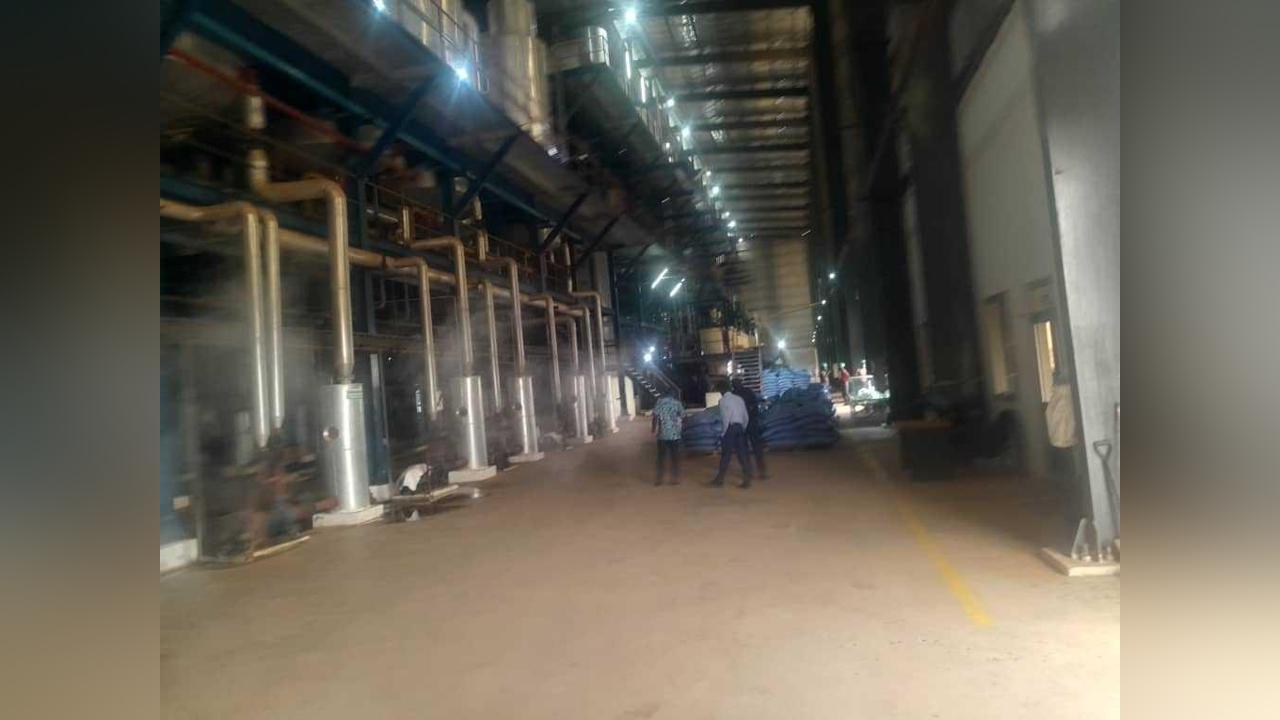Africa-Press – Ghana. The Minister for Trade and Industry, KT Hammond, recently shed light on the ongoing challenges in reviving the Komenda Sugar Factory. According to Hammond, the factory, which was constructed during John Mahama’s administration, has not been operational due to substandard construction and the lack of a guaranteed supply of raw materials.
The Komenda Sugar Factory was inaugurated in May 2016 by former President John Mahama, funded by a $35 million facility from the Indian EXIM Bank. The initiative aimed to transform Ghana into a sugar-producing nation, saving millions of dollars on sugar imports and creating approximately 7,300 jobs along the value chain. Despite these ambitions, the factory ceased operations shortly after its inauguration.
Current Developments
During a visit to the factory on July 31, Minister Hammond criticized the previous administration for the factory’s poor construction. He announced that the government plans to lease the factory to an Indian company for 20 years, signaling a new phase in its operationalization.
In 2019, the government revealed plans for a $28 million investment in the factory, allocating funds for sugarcane cultivation, machinery upgrades, and working capital. However, progress has been slow, and no significant investor had taken up the project until recently.
Former President Mahama, while introducing his running mate to the elders and chiefs of the Central Region, assured that the factory would become operational should he win the upcoming election. In response, Minister Hammond dismissed Mahama’s chances of winning and reiterated the current administration’s commitment to revitalizing the factory.
The Komenda Sugar Factory has a storied history, having once been a symbol of Ghanaian enterprise. Established in 1966, it provided sugar to various schools and state organizations, employing over 200 locals and others from across the country. However, the factory’s decline began in 1983, leading to widespread unemployment in the area.
The factory’s closure has had a significant impact on the local community, leaving many without jobs and hoping for a turnaround. The recent interest from an investor offers a glimmer of hope for the community, which longs for the factory to resume operations and alleviate their economic struggles.
The Komenda Sugar Factory’s journey from a thriving enterprise to a dormant facility highlights the complexities of industrial revitalization. As the government moves forward with plans to lease the factory, the community and the nation at large watch with anticipation, hoping for a successful revival that will bring jobs and economic growth to the region.
For More News And Analysis About Ghana Follow Africa-Press







